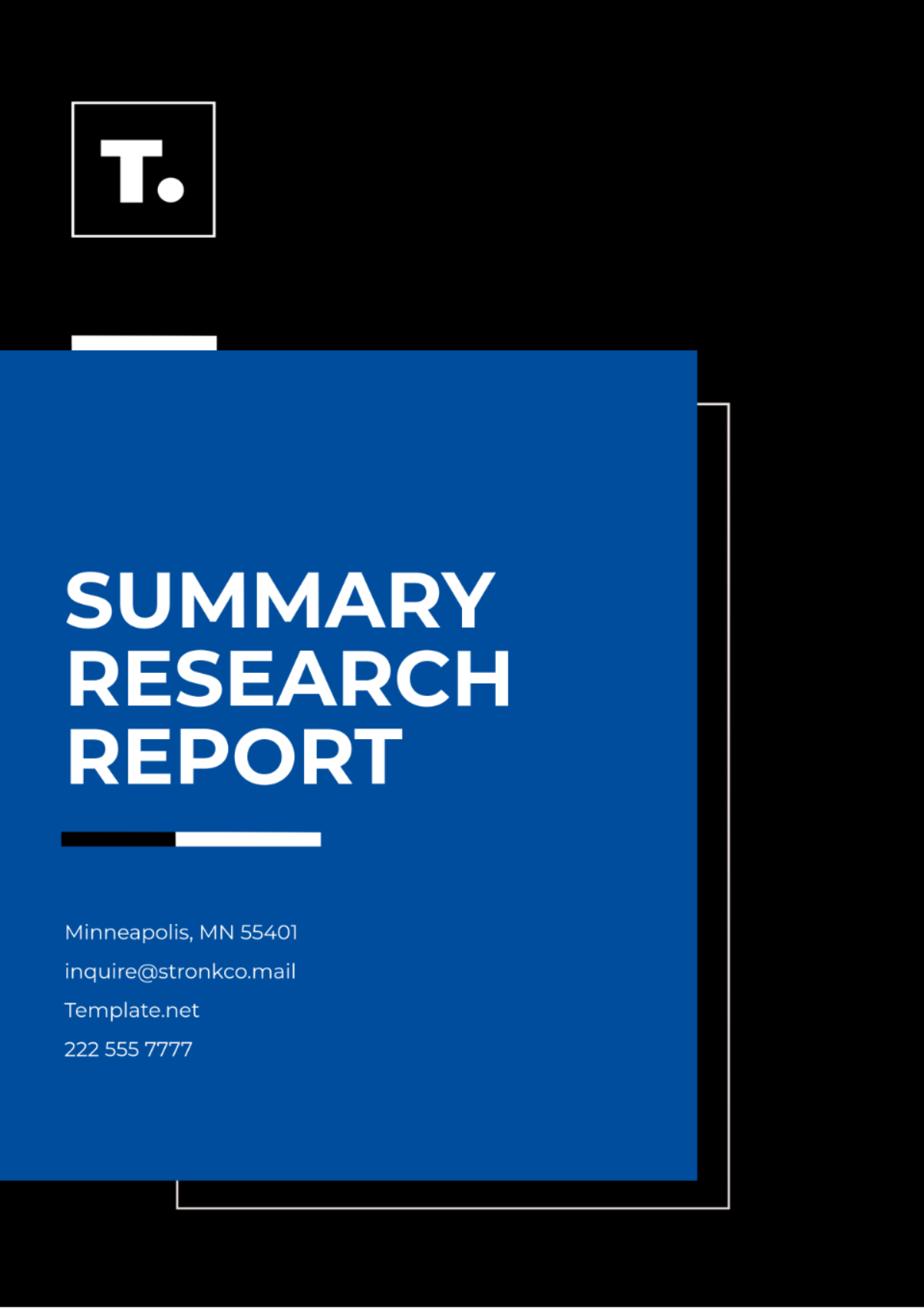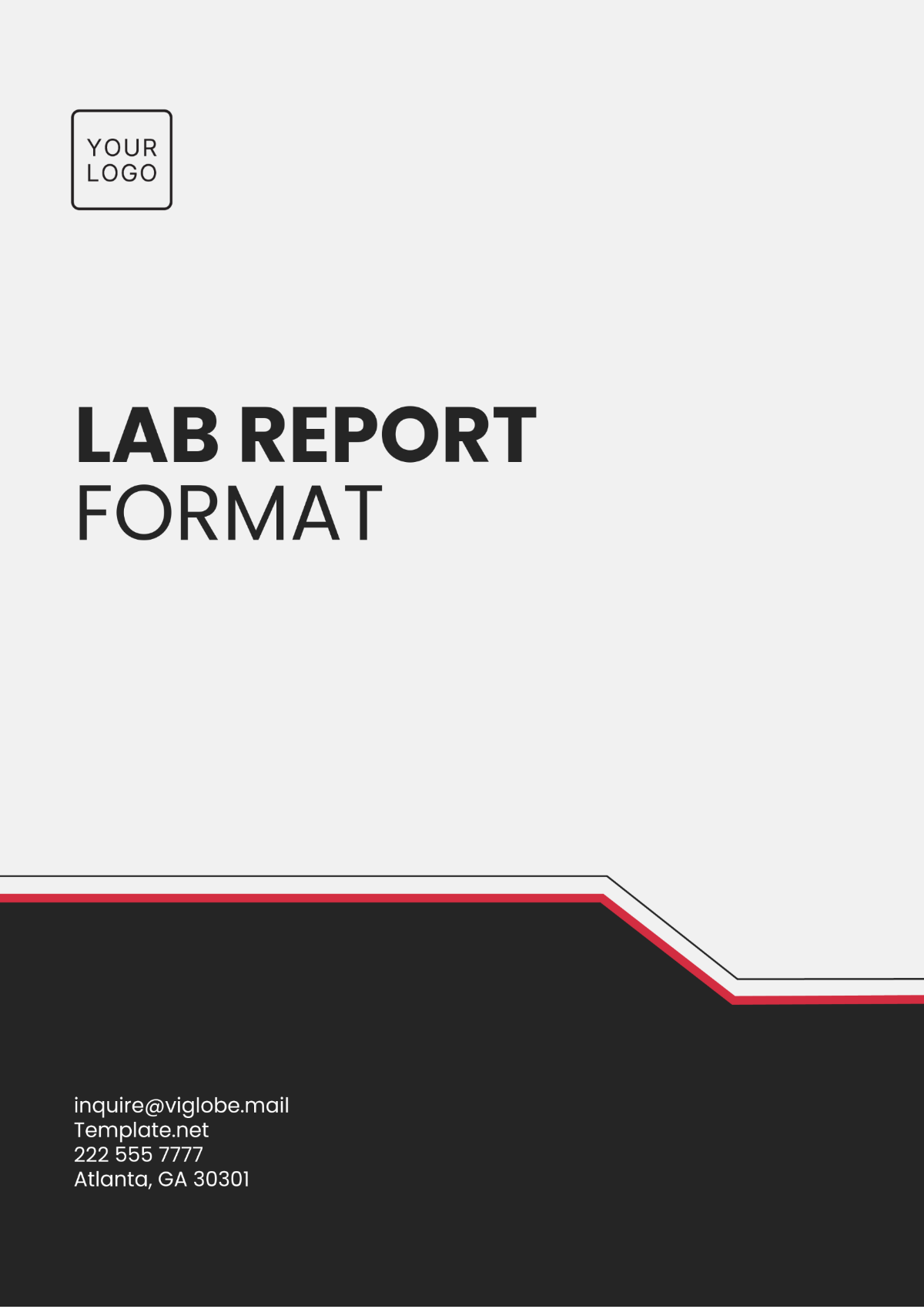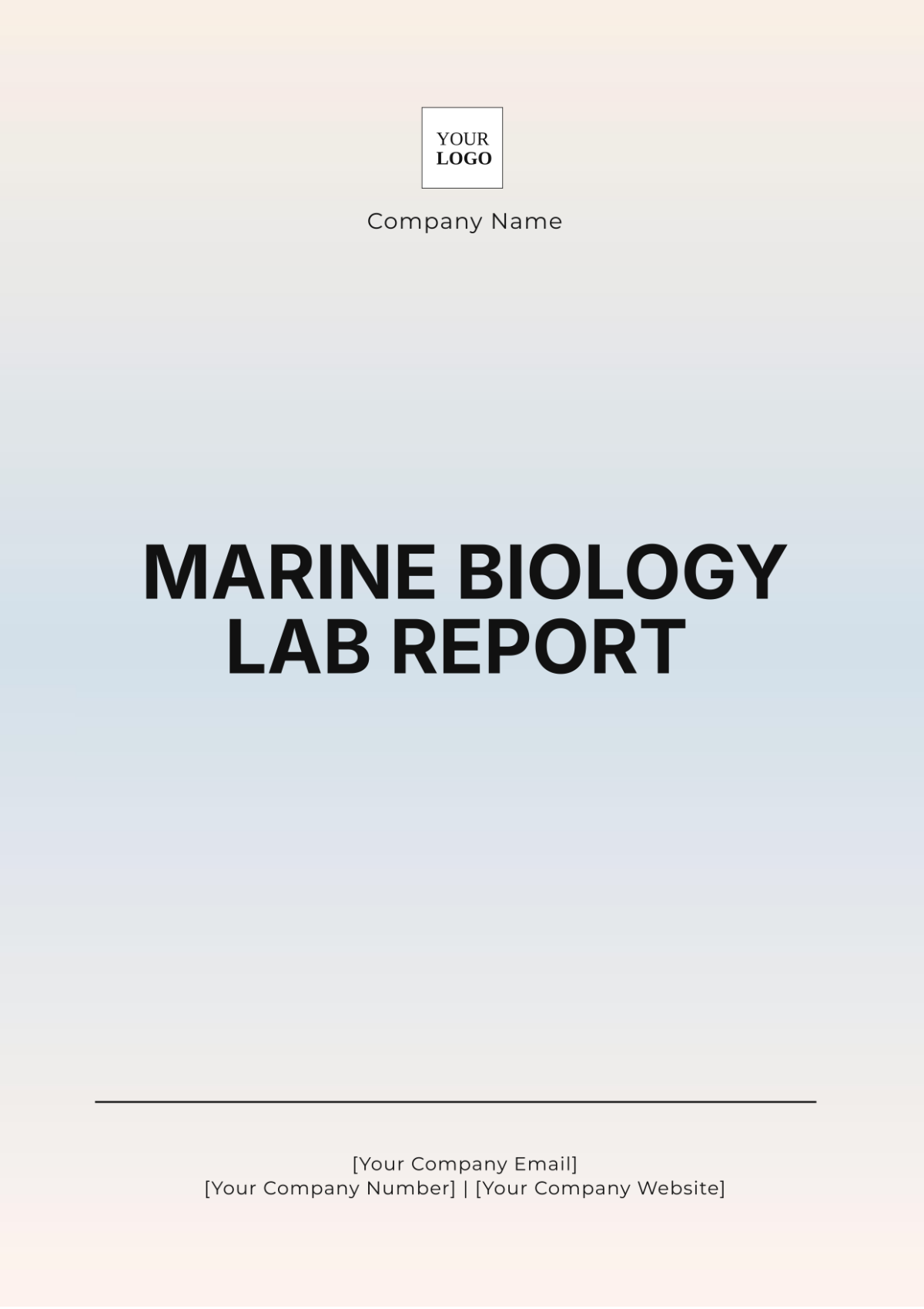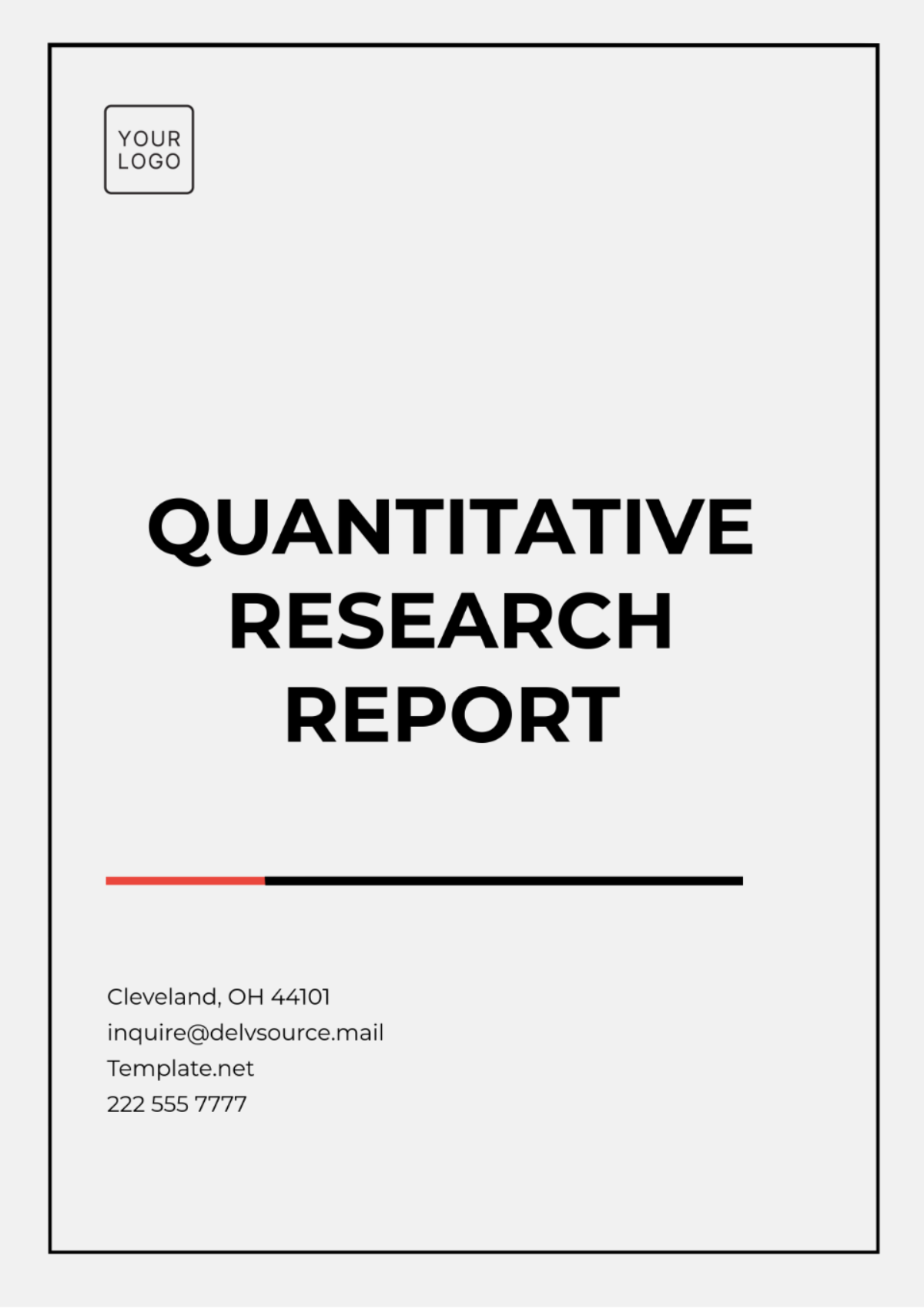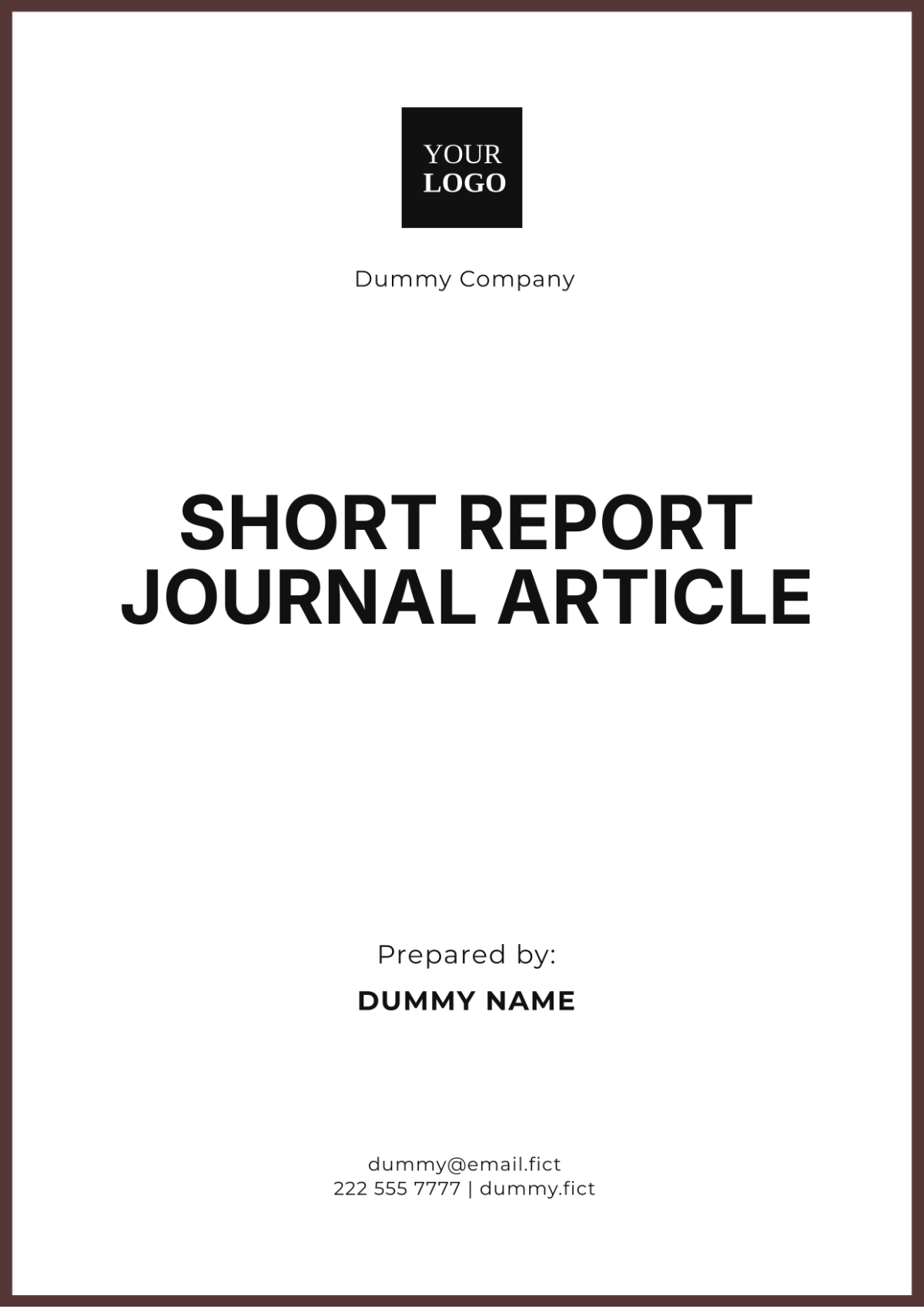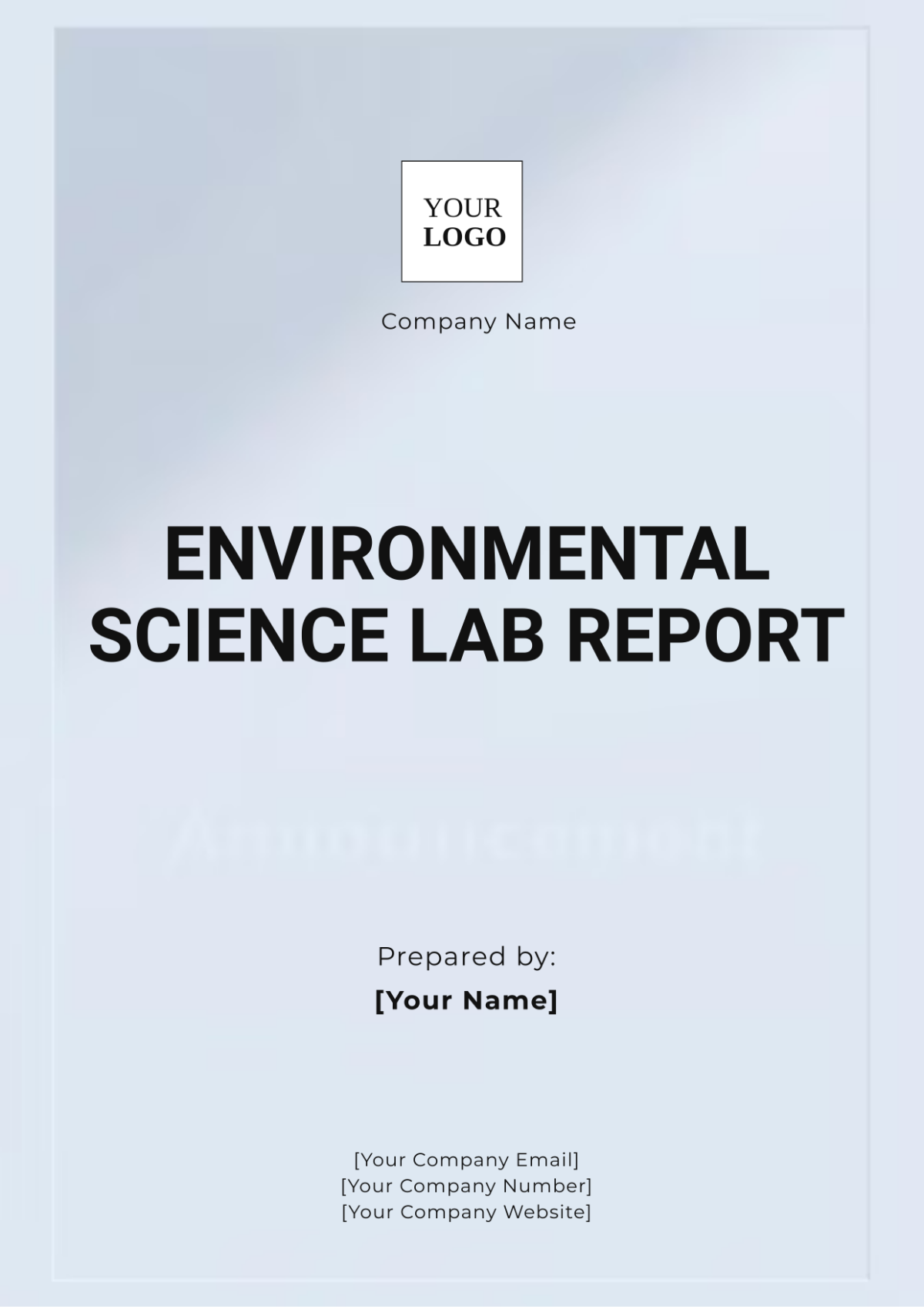Lab Report Abstract
Prepared by: [Your Name]
Date: [Date]
1. Abstract
This lab report investigates the kinetics of a chemical reaction between sodium thiosulfate and hydrochloric acid. The primary objective was to determine the reaction rate and analyze the effect of varying concentrations of reactants on the reaction rate. The experiment employed a colorimetric method to monitor the reaction progress, where the appearance of a yellow precipitate indicated the completion of the reaction. The findings showed a direct relationship between the concentration of reactants and the reaction rate, which was analyzed using the rate law. The results were consistent with the theoretical predictions of chemical kinetics, and the data was used to calculate the reaction order concerning each reactant.
2. Introduction
2.1 Background
Chemical kinetics is the study of the rates of chemical reactions and the factors affecting them. Understanding reaction kinetics is crucial for predicting the behavior of reactions under different conditions. This experiment focuses on the reaction between sodium thiosulfate (Na₂S₂O₃) and hydrochloric acid (HCl), which produces a yellow precipitate of sulfur. By varying the concentration of reactants, the reaction rate can be analyzed and compared to theoretical models.
2.2 Objective
The primary objective of this lab was to:
Determine the rate of the reaction between sodium thiosulfate and hydrochloric acid.
Analyze how changes in reactant concentrations affect the reaction rate.
Calculate the reaction order regarding each reactant.
3. Materials and Methods
3.1 Materials
Sodium thiosulfate solution (0.1 M)
Hydrochloric acid solution (0.1 M)
Distilled water
Beakers (100 mL)
Measuring cylinders
Stopwatch
Thermometer
White paper with a black cross (for visual reference)
Pipettes
Burettes
3.2 Methods
Preparation of Solutions:
Prepare sodium thiosulfate and hydrochloric acid solutions in the desired concentrations.
Dilute as necessary using distilled water.
Experimental Procedure:
Set up the apparatus with a white paper with a black cross placed under the reaction vessel.
Measure 50 mL of sodium thiosulfate solution and pour it into a beaker.
Add 10 mL of hydrochloric acid to the beaker.
Start the stopwatch immediately after adding the hydrochloric acid.
Observe the reaction until the yellow precipitate obscures the black cross.
Record the time taken for the cross to become invisible.
Data Collection:
Repeat the experiment with varying concentrations of sodium thiosulfate and hydrochloric acid.
Record the time taken for each reaction and the concentration of reactants used.
4. Results
4.1 Reaction Time and Concentration Data
Trial | [Na₂S₂O₃] (M) | [HCl] (M) | Time to Reaction Completion (s) |
|---|---|---|---|
1 | 0.1 | 0.1 | 120 |
2 | 0.1 | 0.05 | 240 |
3 | 0.05 | 0.1 | 240 |
4 | 0.05 | 0.05 | 480 |
4.2 Analysis
Rate Calculation: The reaction rate was determined by calculating the inverse of the time taken for the reaction to complete. For each trial, the rate was inversely proportional to the reaction time.
Reaction Order Determination: By comparing the reaction rates and concentrations, the order of reaction concerning sodium thiosulfate and hydrochloric acid was determined using the method of initial rates.
5. Discussion
5.1 Interpretation of Results
The results indicated that the reaction rate increases with an increase in the concentration of either sodium thiosulfate or hydrochloric acid. This suggests that both reactants are involved in the rate-determining step of the reaction. The experimental data supports the theoretical model that the reaction order is the first order concerning each reactant.
5.2 Comparison with Theoretical Predictions
The calculated reaction orders and rate constants were consistent with the theoretical predictions, validating the experimental approach and data analysis.
5.3 Sources of Error
Possible sources of error include:
Inaccurate measurement of reactants.
Temperature variations affect the reaction rate.
Inconsistent observation times due to subjective interpretation of the endpoint.
6. Conclusion
The experiment successfully demonstrated the relationship between reactant concentrations and reaction rate. The reaction order for sodium thiosulfate and hydrochloric acid was determined to be the first order for both. The results corroborated the theoretical understanding of reaction kinetics and provided insights into the factors influencing reaction rates.
7. References
Smith, J. (2050). Chemical Kinetics and Reaction Mechanisms. Academic Press.
Brown, T., & LeMay, H. (2050). Chemistry: The Central Science. Pearson.







